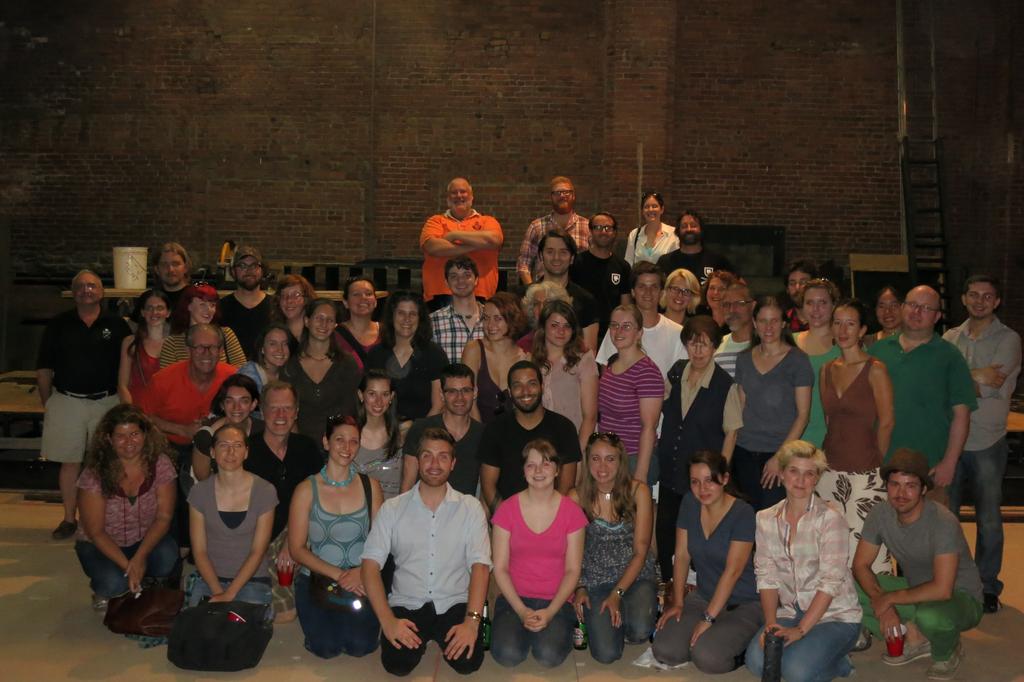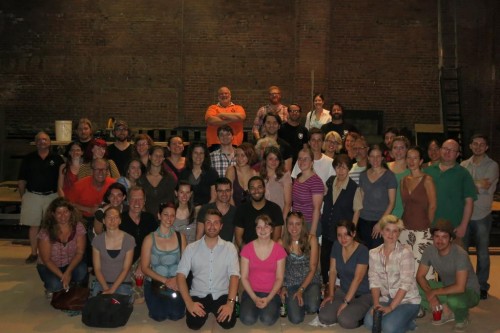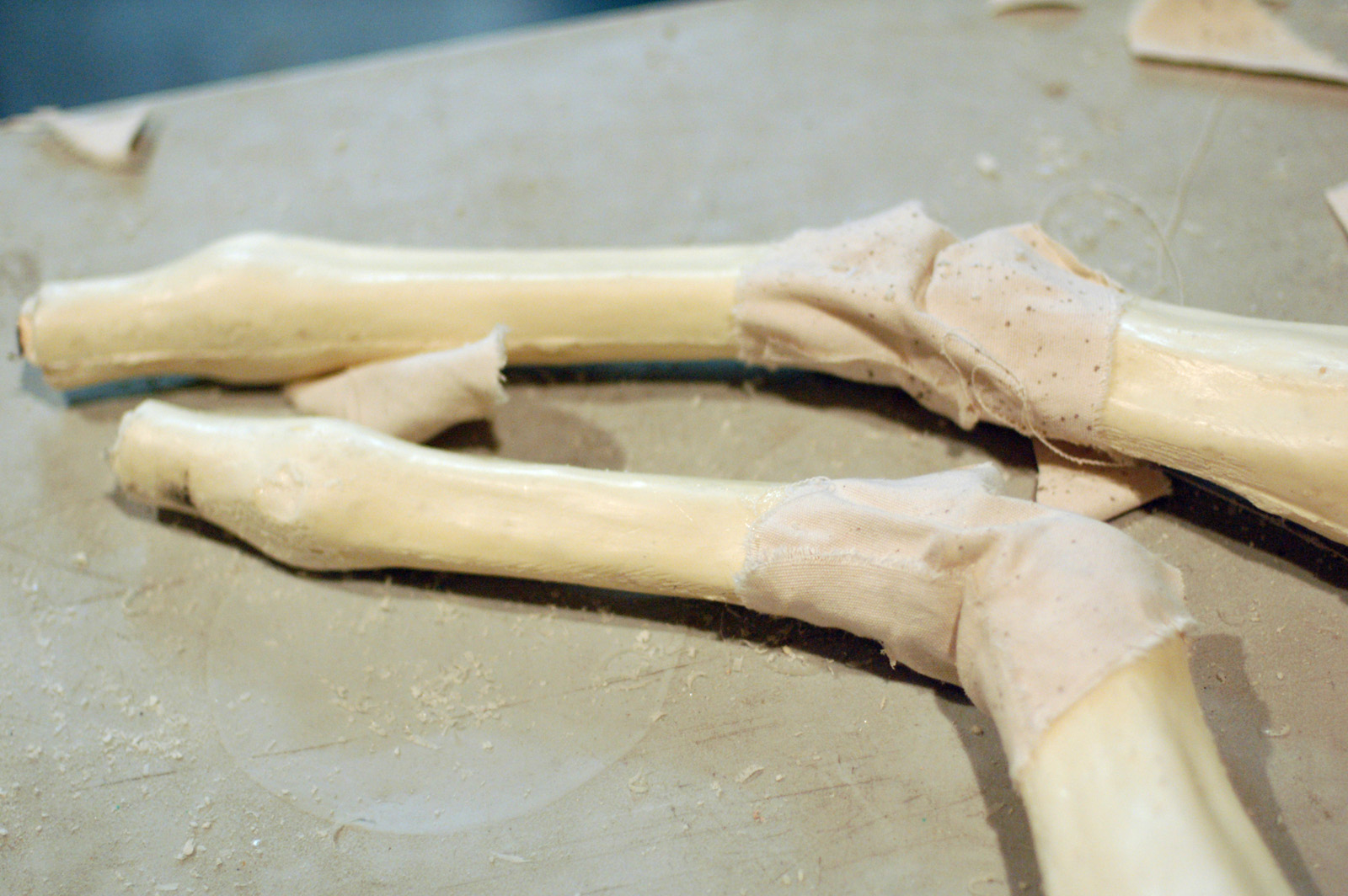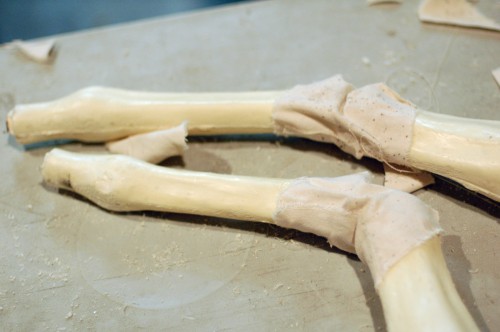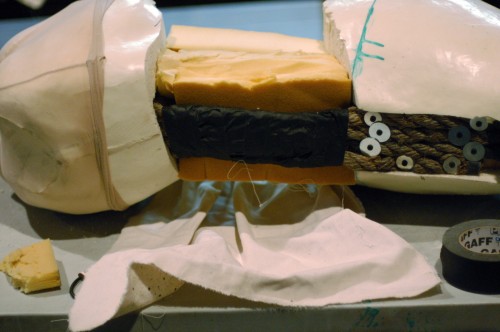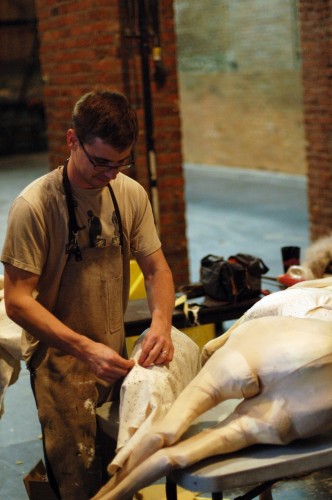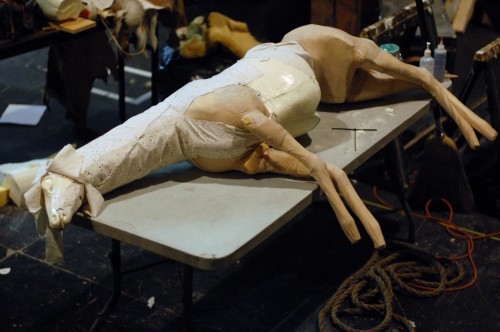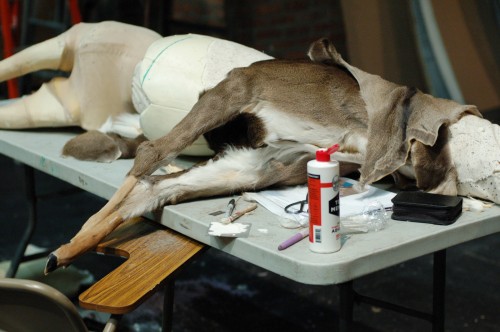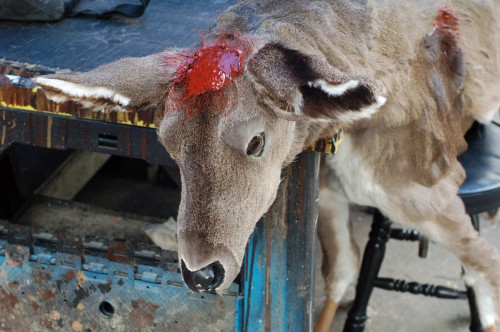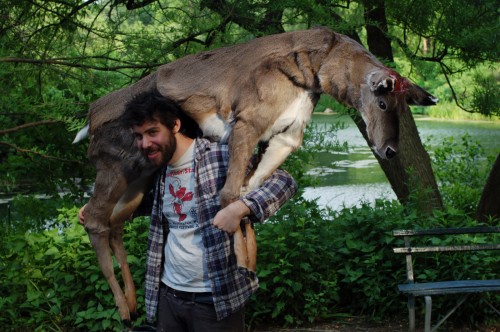The following comes from a newspaper article about the property shop of E. L. Morse on Twenty-ninth Street in New York City. The article first appeared in The New York Times on May 8, 1904, and Mr. Morse’s property shop is long gone. I’ve previously posted a portion of this article; I wonder if E. L. Morse is related to the Charles Morse in this ad?
How are the mighty fallen! This is the first thought that comes to him who crosses the threshold of the gloomy old “property shop” in Twenty-ninth Street, where the trappings of past theatrical kingdoms and make-believe monarchies lie mold and unnoticed, stripped of all their former glory.
In front of you, as you enter, is the once haughty helmet of a Richard III or the breastplate of a Julius Caesar, or mayhap a necklace of pearls that was wont to encircle the neck of some dusky, passionate Cleopatra. It is a place full of suggestion, of splendor long forgot—this burial ground of discarded “props.” It is not one of the so-called “sights” of New York, but it contains more of interest than nine-tenths of the wonders proclaimed so blatantly by the megaphonic expositors who shout from the lofty, glistening coaches that roll up and down our avenues every day.
A dingy little hole! If you showed it to the ordinary provincial who had come to “see the town,” it’s ten chances to one he would turn up his nose in disgust and hasten away to find delight in one of the gilt-edged glass-covered palaces that adorn the street corners of Gotham.
But if the contents of this quaint, over-crowded little room could speak, what secrets, what choice morsels of gossip they would give up! They would make the memoirs of a famous actor or actress read like a missionary tract. They’ve been in the seats of the mighty and have taken part in the battles of the strong. That crown you see nearly hidden on the dusty shelf used to rest on the brow of a genius; that dagger, hanging harmless on the smoky wall, peeped every night for six months from the girdle of a woman who was the idol of thousands.
To find this storeroom of relics is no easy thing to do. If a kind friend tells you the address, even then the puzzle is not solved. The shop is not dignified by an entrance on either Twenty-ninth or Thirtieth Street, though it lies squarely between the two. While you are getting to it you think of underground dungeons such as you have read about in the wonderful Arabian Nights stories. After you have stood in the street looking blankly at the number to which you have been directed, you decide to display your ignorance and ask aid of the man in the ground-floor shop. The man looks up from his wares, partly impatient and party amused that any one should want to get into the dirty old “prop shop,” as he calls it.
“It’s back of the house,” he says, jerking this thumb loosely over his shoulder.
You thank him and leave him to find your way to the back. The door under the stoop is dark and forbidding, but beside it is a clew in the form of a faded wooden sign, so faded that the letters it bears are hard to make out. The words are “E. L. Morse, Theatrical Properties.” Evidently, Mr. Morse is not overanxious for anybody to find him.
This article first appeared in the New York Times, May 8, 1904.


